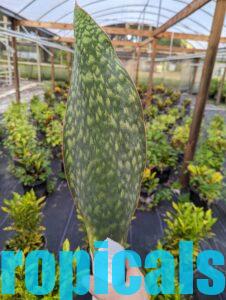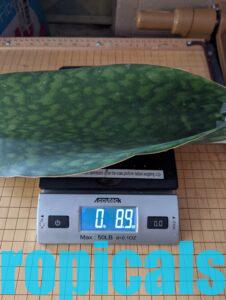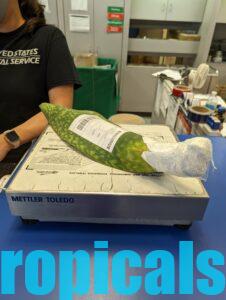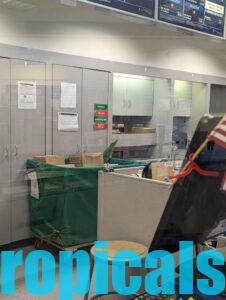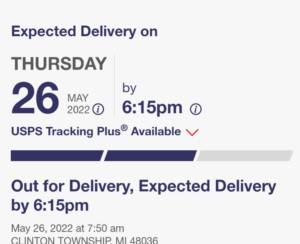Care Instructions for Philodendron ‘Caramel Marble’
Caring for Your Philodendron Caramel Marble: A Journey of Growth and Joy
Welcoming a Philodendron Caramel Marble into your space is like inviting a little piece of magic into your life. With its marbled, caramel-hued variegation, this plant is more than just greenery; it’s a living work of art. And while its beauty may seem delicate, caring for this treasure is simpler than you think. You’ve got this!
Light: Let the Sunshine Work Its Charm
Your Caramel Marble loves bright, indirect light, think of it as preferring the soft glow of a cozy, sunlit corner over the glare of harsh midday rays. If your home doesn’t get a lot of natural light, don’t stress! A grow light can be its new best friend. Watch how it perks up to the light, showing off its dazzling leaves just for you.
Watering: A Gentle Touch
This philodendron is happiest when its soil stays lightly moist but never soggy. Water it when the top inch of soil feels dry to the touch. Picture yourself giving it a refreshing sip, like offering a cool drink to a friend on a warm day. Overwatering? Don’t worry, mistakes happen! Let the soil dry out a bit, and your plant will forgive you.
Humidity: A Spa-Like Atmosphere
Think tropical paradise. Your Caramel Marble thrives in a slightly humid environment, but that doesn’t mean you need to move to the rainforest. A simple pebble tray, a nearby humidifier, or even placing it near your morning coffee ritual can work wonders.
Feeding: Little Boosts of Love
During its growing months (spring and summer), feed your plant with a gentle, balanced fertilizer about once a month. Think of it as giving it the nutrients it needs to keep dazzling you.
Pruning and Cleaning: A Labor of Love
Occasionally, your Caramel Marble may shed an older leaf or two. This is its way of focusing energy on new growth. Gently wipe its leaves with a damp cloth every couple of weeks to keep it dust-free and gleaming.
Reassurance for You
Remember, plants are forgiving. They don’t demand perfection, just your care and attention. If you notice a brown tip or a yellowing leaf, it’s okay, every plant has its quirks, just like us. Tending to your Caramel Marble is less about rigid rules and more about finding a rhythm that feels right for both of you.
Take a deep breath. You’re creating something beautiful and nurturing life. Enjoy the moments spent with your Philodendron Caramel Marble, it’s a reminder that growth, in all its forms, is a journey worth celebrating.




